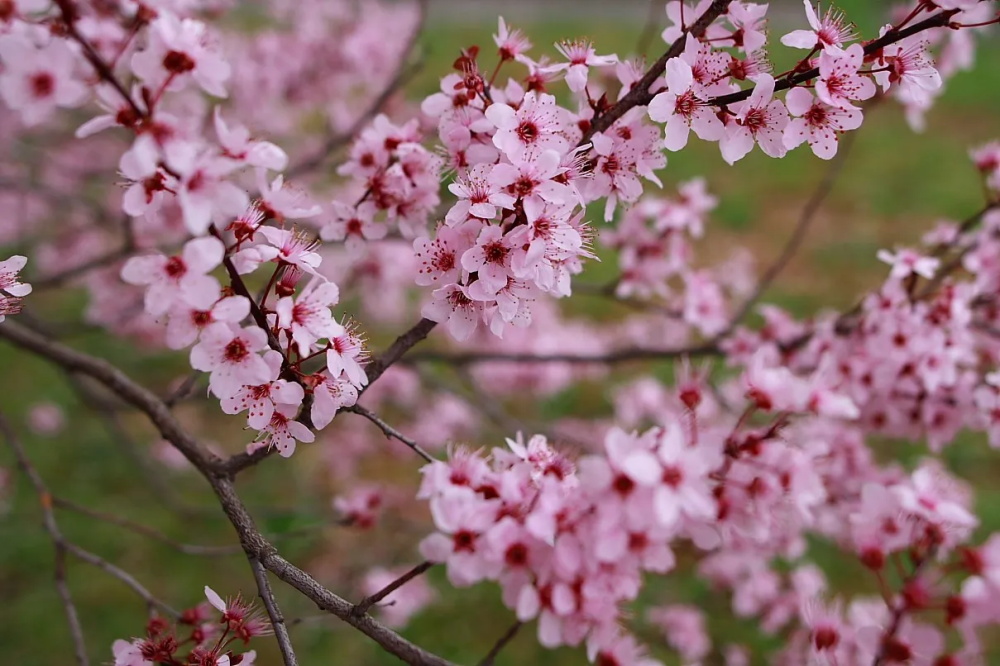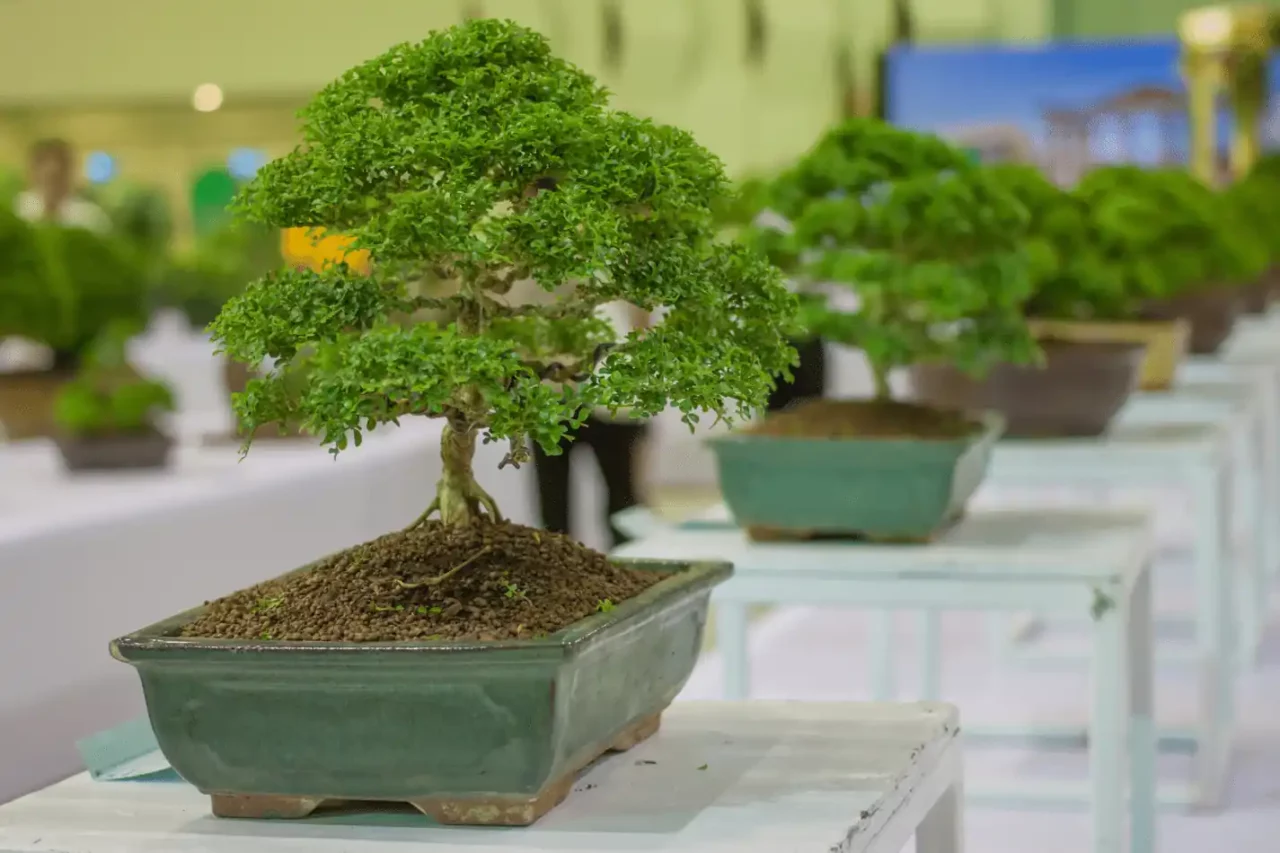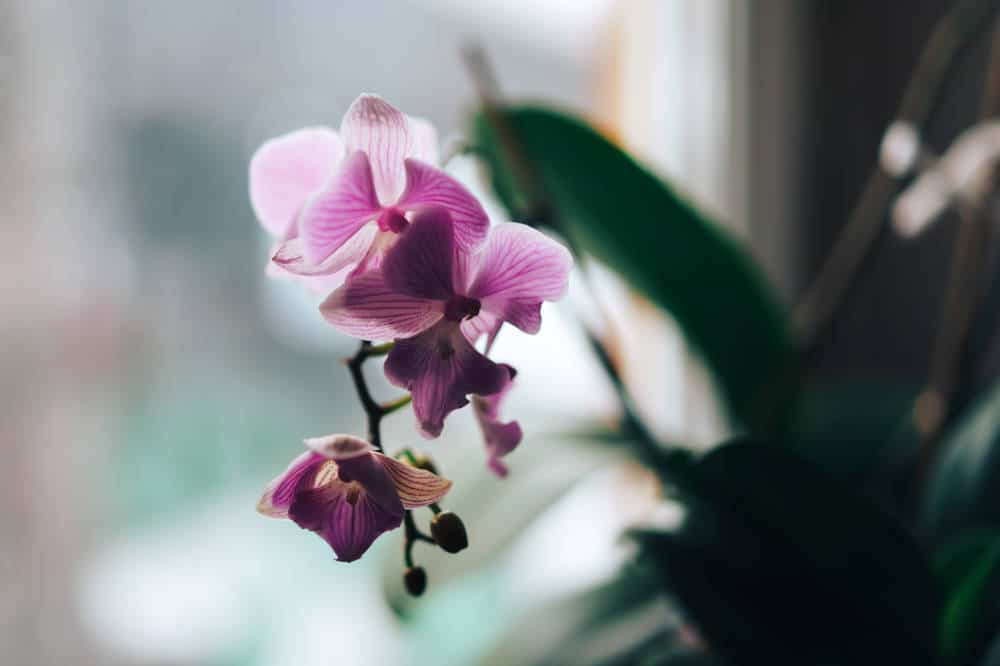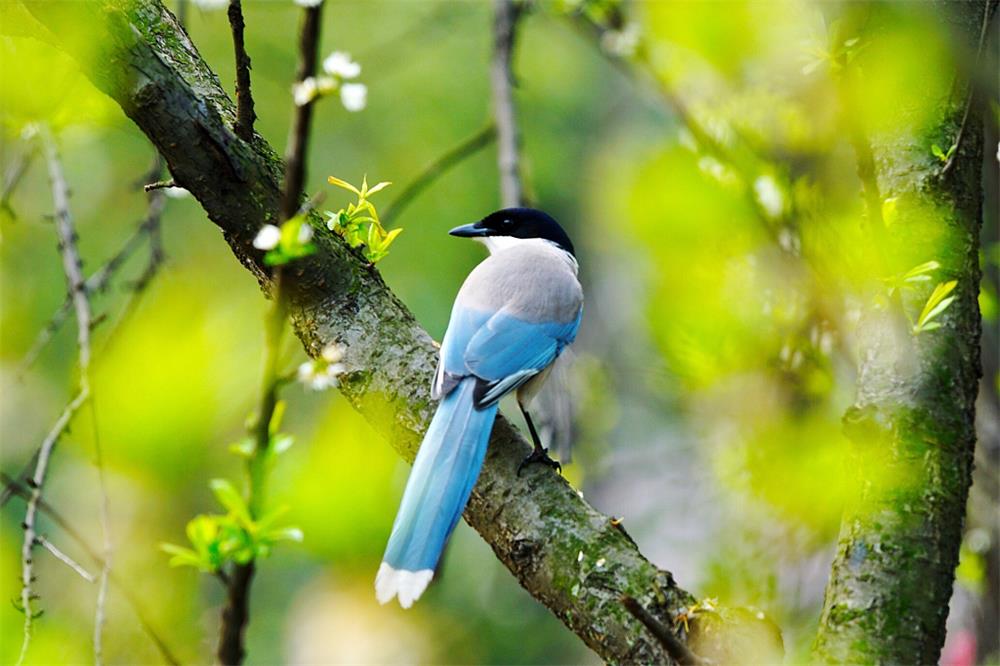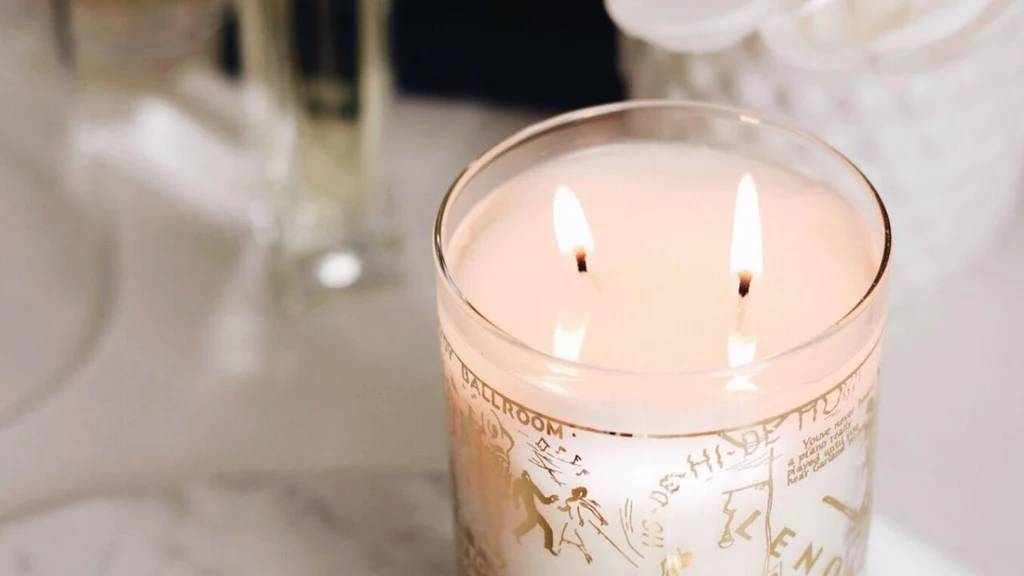Plum blossom is a type of flowering plum tree that belongs to the rose family. It is native to southern China and has been cultivated in other parts of Asia for thousands of years. It produces fragrant and beautiful flowers in shades of white, pink, red, and yellow at the end of winter, usually in February. The flowers have five petals and a spicy and sweet scent.
Plum blossom is a flower that has a lot of significance and symbolism in Asian culture, especially in China, Japan, Korea, and Vietnam. It is associated with hope, resilience, courage, beauty, purity, prosperity, fruitfulness, and good luck. It is also one of the four auspicious flowers that represent the four seasons in Chinese culture. Plum blossom is the emblem of winter, while peony is for spring, lotus for summer, and chrysanthemum for autumn.
Plum blossom is admired for its ability to bloom in the cold and harsh winter, showing perseverance and strength. It is also a symbol of renewal and new beginnings, as it heralds the arrival of spring and later produces plums in the summer. In feng shui, plum blossom is connected to the water element, which relates to darkness, silence, and cold. When plum blossoms appear, they bring balance and harmony to the environment.
Plum blossom also has a connection to the five elements system in feng shui, which are fire, earth, metal, water, and wood. These elements represent the different energies that make up the world around us. The five petals of plum blossom symbolize the five elements as well as the five clans of China.
In Japan, plum blossom is called ume and has a meaning of elegance or loyalty in hanakotoba, the Japanese language of flowers. Ume is also a common ingredient in Japanese cuisine, especially umeboshi, which are pickled and dried ume fruits that taste sour and salty.
Plum blossom is often used as an offering and decoration in Buddhist temples and during Lunar New Year celebrations. It is also a national flower of Taiwan and a popular subject for art and poetry.
Contents
The Plum Blossom Festival
One of the best ways to enjoy the beauty and fragrance of plum blossoms is to attend a plum blossom festival, or ume matsuri, which are held in various locations across Japan. These festivals usually take place from late January to early March, depending on the region and the weather. They often feature food stalls, cultural performances, and other activities to celebrate the arrival of spring.
Some of the most famous plum blossom festivals in Japan are:
- The Setagaya Plum Blossom Festival at Hanegi Park in Tokyo, which has about 650 plum trees of different varieties and colors. The festival runs from mid-February to early March and offers plum-themed food and entertainment on weekends.
- The Mito Plum Blossom Festival at Kairakuen Garden in Ibaraki Prefecture, which has about 3,000 plum trees of 100 varieties. The festival runs from late February to late March and is one of the largest and oldest in Japan. It also features a fireworks display and a night illumination.
- The Kitano Tenmangu Shrine Plum Blossom Festival in Kyoto, which has about 2,000 plum trees of 50 varieties. The festival runs from late February to mid-March and coincides with the shrine’s monthly flea market on the 25th day of each month. The shrine is also famous for its connection to Sugawara no Michizane, a scholar and poet who is revered as the god of learning.
Plum blossom festivals are a great opportunity to appreciate the charm and elegance of this flower, as well as its cultural and historical significance. They are also a reminder that spring is just around the corner, bringing hope and joy to everyone.
The Benefits of Plum Blossom
Plum blossom is not only a beautiful and fragrant flower, but also a source of various benefits for health and well-being. Plums and prunes, the fruits that come from plum blossom, are rich in nutrients and antioxidants that can help prevent and treat various conditions.
Some of the benefits of plum blossom are:
- Improving digestion: Plums and prunes are high in fiber, which can help regulate bowel movements and prevent constipation. Prunes also contain sorbitol, a sugar alcohol that has laxative effects.
- Enhancing bone health: Prunes may help prevent bone loss and improve bone density, especially in postmenopausal women. This may be due to the presence of phenolic compounds, boron, and potassium in prunes.
- Boosting immunity: Plums and prunes are good sources of vitamin C and vitamin A, which are essential for the immune system. Vitamin C is an antioxidant that can protect the cells from oxidative stress and inflammation. Vitamin A is important for the mucous membranes and the skin, which are the first line of defense against pathogens.
- Supporting skin health: Plum blossom has been used in traditional Chinese medicine to treat skin conditions such as acne, eczema, and psoriasis. Plum blossom can help detoxify the blood, reduce inflammation, and promote healing. Plum blossom also contains anthocyanins, which are pigments that can protect the skin from UV damage and aging.
- Relieving pain: Plum blossom can be used as a natural remedy for pain and inflammation. Plum blossom needle acupuncture is a technique that involves tapping the skin with a bunch of fine needles attached to a handle. This can stimulate blood circulation, release endorphins, and modulate the nervous system. Plum blossom needle acupuncture has been shown to be effective for treating conditions such as seasonal alopecia, herpes zoster, and postherpetic neuralgia.
The Comparison of Plum Blossom and Cherry Blossom
Plum blossom and cherry blossom are often confused with each other, as they both have pink and white flowers that bloom in spring. However, there are some differences between them that can help distinguish them.
Some of the differences are:
- The shape of the petals: Cherry blossom petals usually have a small split at the end, giving them a slightly pointed appearance. Plum blossom petals are more rounded and do not have a split .
- The attachment to the branch: Cherry blossoms grow in clusters or pairs, and have short stalks that connect them to the branch. Plum blossoms grow individually, and do not have stalks. They emerge directly from the branch .
- The color of the flowers: Cherry blossoms can range from white to light pink to dark pink, but they do not have red flowers. Plum blossoms can also have white and pink flowers, but they can also have red flowers that are almost purple .
- The fragrance of the flowers: Plum blossoms have a sweet and spicy scent that can be smelled on a warm day. Cherry blossoms have a more subtle and faint scent that is hard to detect.
- The blooming season: Plum blossoms are the earliest to bloom, usually starting from late January or early February. Cherry blossoms bloom later, usually from late March to early April .
The Meaning and Symbolism of Peach Blossom
Peach blossom is another type of flowering peach tree that belongs to the same genus as plum blossom. It is native to China and has been cultivated in other parts of Asia and Europe for its delicious fruits and ornamental flowers. It produces fragrant and delicate flowers in shades of white, pink, and red in early spring, usually in March. The flowers have five petals and a sweet and fruity scent.
Peach blossom has various meanings and symbolism in different cultures, especially in China, Japan, Korea, and Vietnam. It is associated with love, romance, beauty, fertility, vitality, longevity, spring, good health, and protection. It is also one of the three friends of winter in Chinese culture, along with pine and bamboo. Peach blossom represents the resilience and perseverance of life in the face of adversity.
Peach blossom is admired for its grace and elegance, as well as its connection to the mythical peach of immortality. In Chinese mythology, the peach tree of heaven produces a fruit every 3,000 years that grants eternal life to whoever eats it. The goddess Xi Wangmu, or the Queen Mother of the West, hosts a banquet for the immortals with these peaches every 6,000 years.
Peach blossom is also a symbol of love and romance, as it is believed to attract one’s soulmate or enhance one’s existing relationship. In feng shui, peach blossom luck is a term that refers to the ability to attract or improve one’s love life. Peach blossom luck can be activated by placing peach blossom flowers or images in certain directions according to one’s Chinese zodiac sign.
Peach blossom is often used as a decoration and gift for weddings, anniversaries, birthdays, and Valentine’s Day. It is also a popular subject for art and poetry.
Conclusion
Plum blossom, cherry blossom, and peach blossom are three types of flowers that bloom in spring and bring joy and beauty to the world. They have different characteristics, meanings, and symbolism that reflect their cultural and historical significance. They are also sources of various benefits for health and well-being. Whether you enjoy them as fruits, flowers, or teas, these blossoms are a gift of nature that can enrich your life in many ways.

